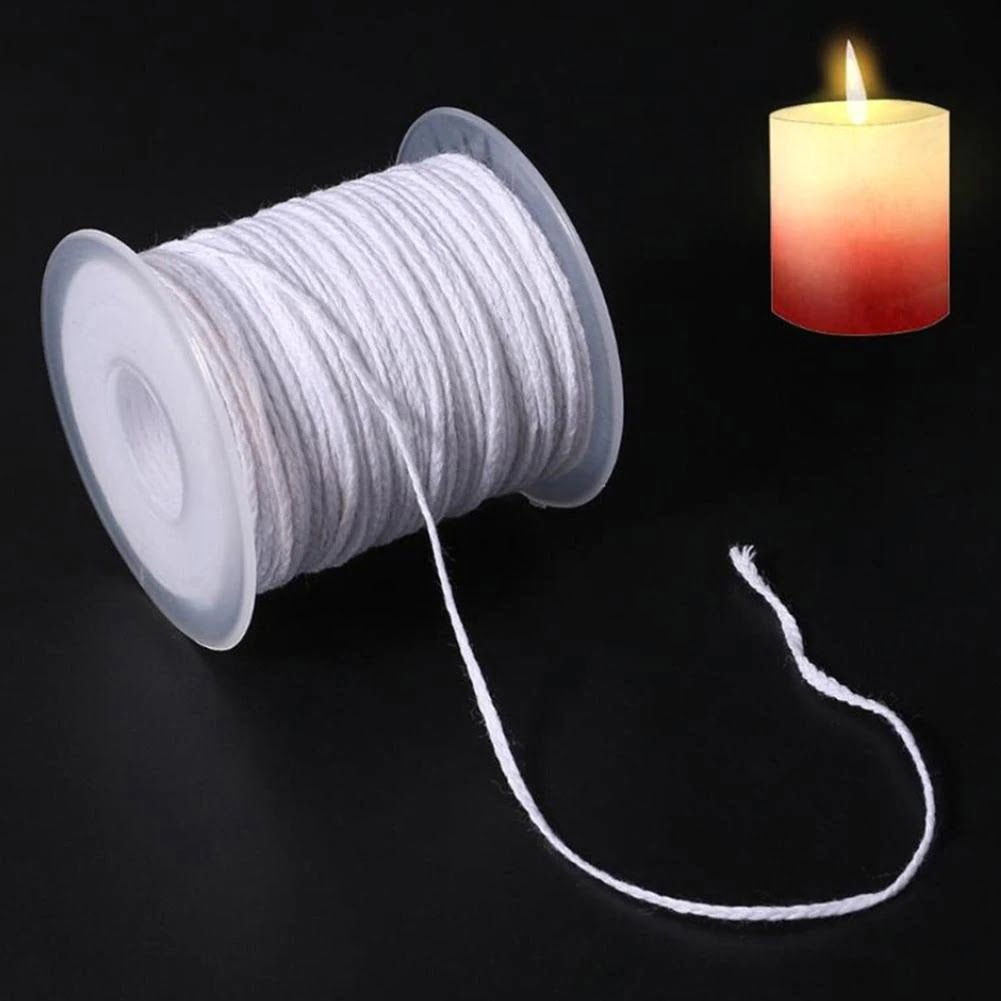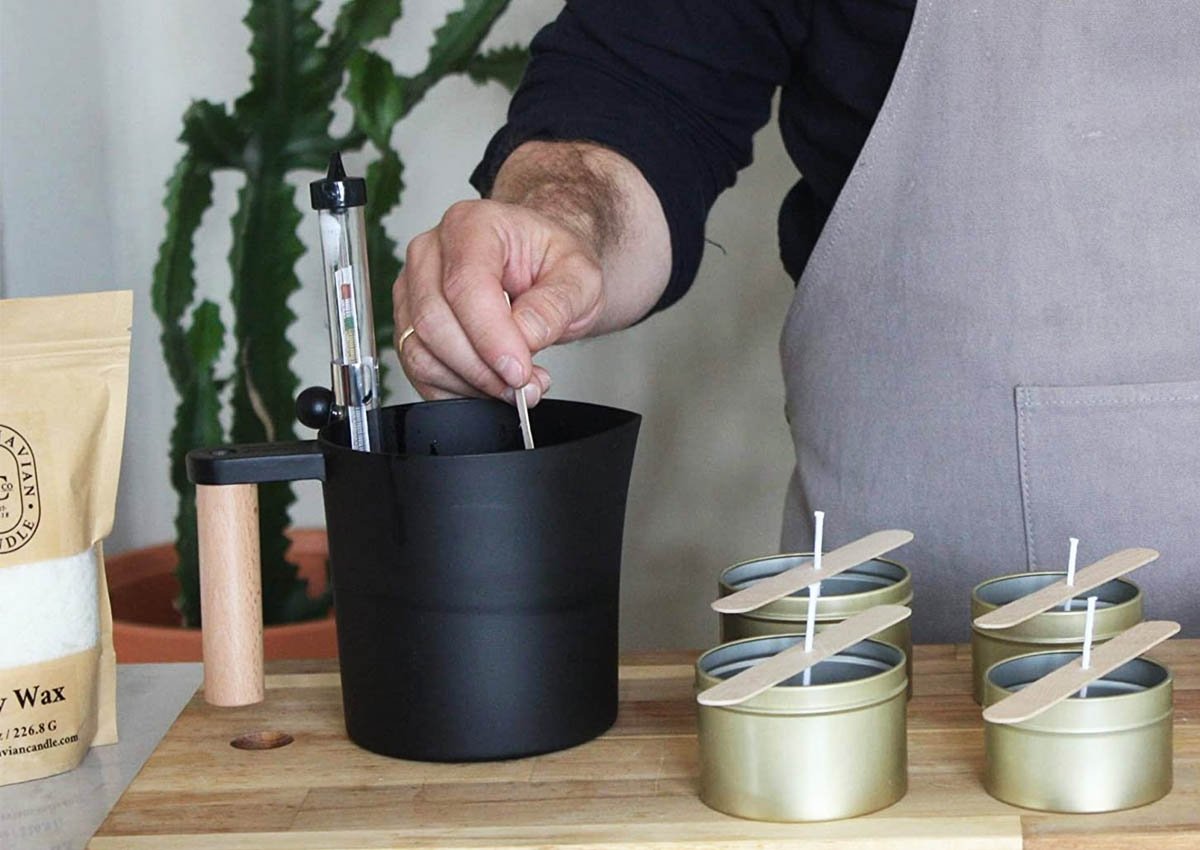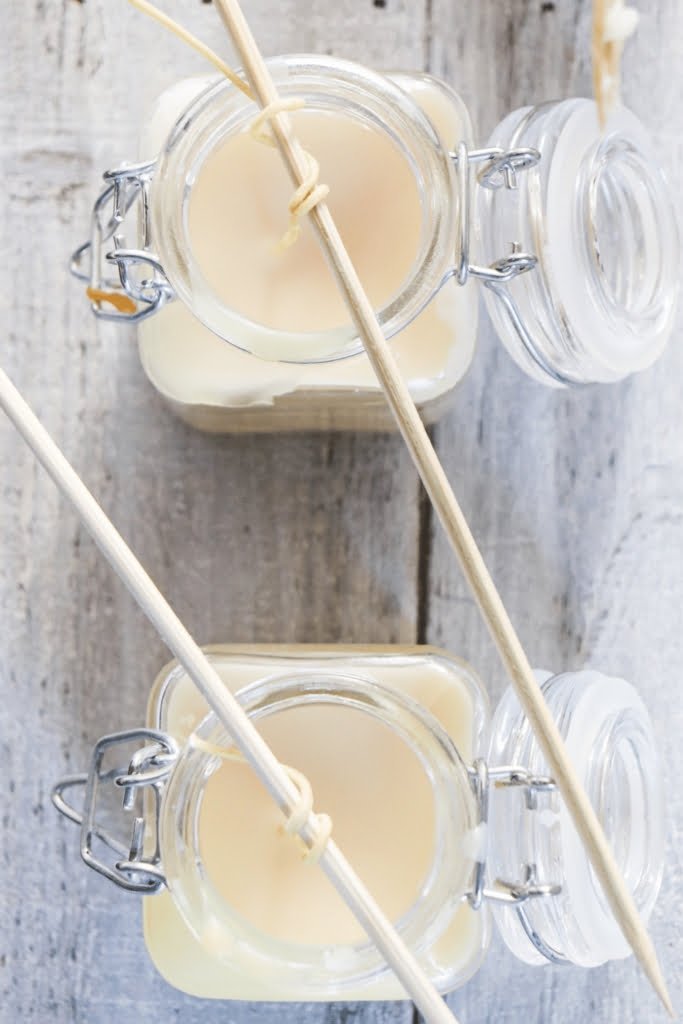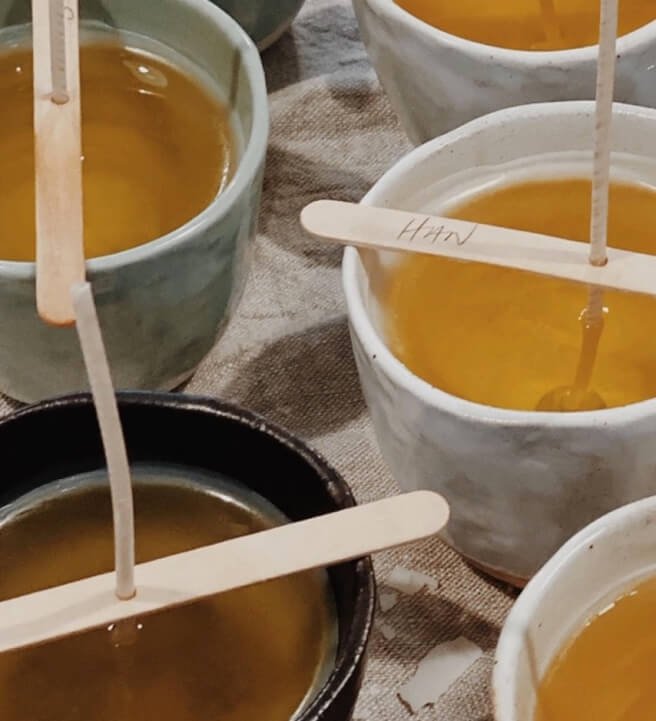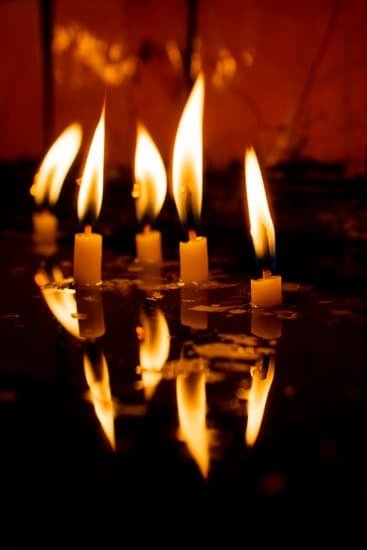Introduction
Perfume scents can add an extra layer of sophistication to candlemaking, offering a pleasant and subtle fragrance that will linger long after the candle has been extinguished. Aside from providing a pleasant aroma, perfume scents can also help to mask any unwanted odors in the home, such as cooking smells or pet odors. For those who are particularly sensitive to fragrances, perfume scents can be easily customized to create unique scent combinations that won’t cause irritation. Additionally, since fragrances evaporate more quickly than other types of fragrance oils, adding them to candles makes for a more potent scent experience that will last longer once lit. And best of all, using perfume scents in candlemaking is easy and cost effective — perfect for those just starting out in the craft or those on a tight budget.
Exploring the Different Categories of Candle Fragrances
When it comes to candle making, the use of perfume scents is key to creating a truly unique and personalised product. From the classic floral notes such as rose and lavender, to sweet treats like chocolate or fruit-based aromas, there are countless accessible perfume scents that can be used for candle making. The range of fragrances available may even surprise you – think ocean waves or a campfire night in! With careful consideration of scent categories, you can create a truly personalised candle which is perfect for any occasion.
One of the most popular categories for fragrances used in candles is “Floral”; an alluring bouquet of Floral scent families including Lily, Hibiscus, Lavender and Rose. Light and airy top notes evoke an ethereal feeling that can fill any room with sophistication by day with its delicate fragrance profile. Woody bases provide hints of nature-inspired warmth and comfort during cozy nights at home when lighting your candle. Other popular scent families include “Fruity”and “Gourmand”. Fruity top notes bring freshness to your candle experience from relaxing oranges to tantalizing mangoes depending on the season. Gourmand fragrances, featuring flavors such as caramel, vanilla bean and chocolate mousse work well against woody bases providing a sweet escape into an indulgent olfactory paradise. Finally, consider utilizing aroma blends within your own perfume creations by combining multiple ‘accords’ or adjusting ratios between individual essences to create your very own custom blend candle with an exotic flair!
Selecting the Right Perfume Scents For Candles
When making candles, one of the most important components is the fragrance. The right scent can make a candle truly special and memorable. There are several ways to select the fragrance for your candle-making projects. One method is to focus on the season you are making the candle in. If it is during fall, you could use essential oils like cinnamon, clove or nutmeg to create a warm and cozy feel. For spring, light floral scents such as rose and lily would be great choices. Depending on the occasion you are making candles for, you could choose certain scents that represent it. Lavender is associated with relaxation so it may be perfect for self-care treats whereas oranges and lemons have a refreshing summery vibe which may work well in party décor pieces. Another approach is to think about what your customer’s favorite aromas are, or better yet, ask them directly! Not only can this help create unique products but it can also make customers feel special when they see their requested smell used in your creation. A final suggestion would be to take inspiration from popular scent trends like fruit blends (coconut pineapple), fresh laundry smells (lavender jasmine) or creamy gourmands (vanilla marshmallow). Whichever route you end up taking, smell tests are a must before committing to a particular perfume scent ” your nose knows best!
Considerations for Finding the Ideal Fragrance for Your Candles
When it comes to adding a perfume scent to your candles, it can be challenging to find the ideal fragrance for your project. Before you select a particular aroma, there are several factors to consider about the scent and how it will fit with your overall candle-making goals.
Firstly, it’s important to look at the type of wax you’re using. Different types of waxes pair well with different types of scents and fragrances, so take care in selecting both the wax and the aroma. For example, if you’re making soy candles, certain perfume scents for candles tend to do better than others. Some good examples are floral or citrus fragrances like lavender or orange blossom. On the other hand, paraffin candles typically pair well with woodsy aromas like sandalwood or birch bark.
Another factor to consider is duration – some scents last longer in candle form than others. If possible, test out some sample fragrances first before committing them to purchasing in bulk for your project. Longer-lasting scents tend to be heavier or deeper aromas like sandalwood or jasmine ” so make sure that whatever scent you choose actually matches the type of wick and container you’re using as well as any color dye used on the final product. Finally, you’ll also want to make sure that whichever perfume style you gravitate towards fits into your desired end product aesthetic: no matter how beautiful a soft citrus scent may smell, if your goal is autumn themed candles then you may instead opt for more earthly smells like cinnamon oatmeal and nutmeg
Common Perfume Scents For Candle Making
When making your own candles, adding a unique and appealing scent is an easy way to put a personal touch on the project. Whether you’re making candles for home décor, holiday gifts, or another special occasion, there are plenty of perfume scents to choose from. Popular scents include floral notes like gardenia and lavender, as well as fresh and clean smells including eucalyptus and citrus. For those who prefer more complex fragrances, blends of musk or earthy notes combined with spicy accents like sandalwood or nutmeg are also great options. Additionally, vanilla-infused combinations like almond vanilla have been gaining in popularity recently. When combined with natural waxes like soy or coconut, these scents can make lovely containers for delightful homemade candle creations.
Unique Ideas for Enhancing the Scent of Your Candles
You can make your candles even more wonderful by creating distinctive and memorable scents with essential oils for candle making. Experiment with combining complementary scent notes such as sweet and spicy, floral and woody, fruity and herbal. To make lemon scented candles, try using fragrances like lemon or lime essential oil or citrus-flavored extract. You can also use rosemary, pine, or jasmine oil to create an herbal scent in your candles. Coffee lovers may enjoy combining coffee beans with a small amount of cinnamon oil to truly capture the essence of a warm cup of java. For romantic atmosphere, consider lavender-based scents along with vanilla bean or soft florals like rose petals to create the perfect mood in any room. Additionally, peppermint and lemongrass are great choices that feature bright notes that evoke freshness. However you decide to combine different fragrances, you can always experiment and find something new to add a delightful twist on your candle making experience!
Monitoring & Combining Candle Fragrances
When it comes to creating custom, aromatic candles, most makers select fragrance blends that are expertly crafted. To create their combination, these scent masters carefully monitor each ingredient’s contribution to the final result. This means measuring out and then blending various perfumes from a greater collection of fragrances.
At the start of the process, candle makers ponder how many oils should be included in the mix. The answer usually lies somewhere between one and ten scents. When too many fragrances are used, it can overwhelm delicate noses into confusion instead of comfort. However, all perfumes have unique characteristics and pairing them together just right can have amazing results like an inviting aroma that creates an astonishing ambiance or giving off warm summer vibes when you need cheering up on a rainy day.
Once they have determined what scents to use, next is selecting from a variety of candle waxes appropriate for the particular fragrance blend chosen and which type is most suitable for their needs be it a soft and gentle colored palette for those relaxing evenings in or shimmering golden tones for a special occasion like weddings and anniversaries. With careful consideration put into this step too much or two little wax can cause problems with yield, quality etc.
Finally when all elements are finalized every single ingredient must be precisely weighed prior to combining as inaccurate measurements will throw off the entire batch due to a discrepancy in concentration of certain notes in different oils causing too weak or overly strong aromas compared to one another which might end up not functioning correctly with the rest of fragrances present thus resulting in odd smelling concoctions no one would take kindly too even after aged time has passed and matured flavors still wouldn’t make much sense without matching coverage across all perfumes included.
Prolonging the Life of Your Candle
In order to maximize the life of your candle, there are a few steps you can take. First, make sure the wick is trimmed before each use to one-quarter of an inch. This reduces chances of smoking and ensures the wax melts evenly. Additionally, always use caution while lighting the candle and keep it away from drafts which can cause uneven burning and decrease its life span. Make sure you also store your candles in a cool dry place when not in use so as to prolong their life as well as avoid melting, warping or discoloring due to extreme temperatures or humidity.
Conclusion
After exploring the various kinds of scents you can use for candle making, it’s time to put your knowledge into practice and make some beautiful aromatic candles. Before beginning your project choose a scent, or better yet, create your own blend of essential oils to achieve the smell that best suits you. After selecting a wax type and melting it down, you can then add colourants if desired. Once all the ingredients have been placed together stir thoroughly while pouring into moulds or glass containers. Finally, with proper wick placement, allow the mixture to cool before trimming the wick to suitable length and enjoying your candle’s delightful aroma! By following these steps you will surely create the perfect candle every time!

Welcome to my candle making blog! In this blog, I will be sharing my tips and tricks for making candles. I will also be sharing some of my favorite recipes.

